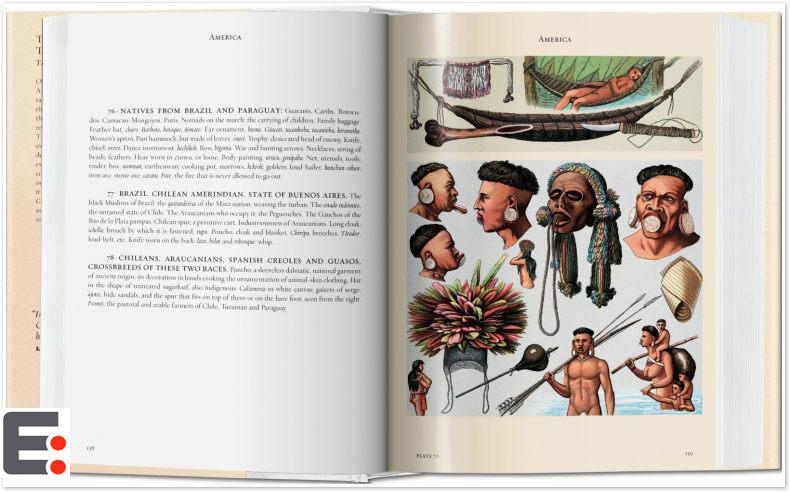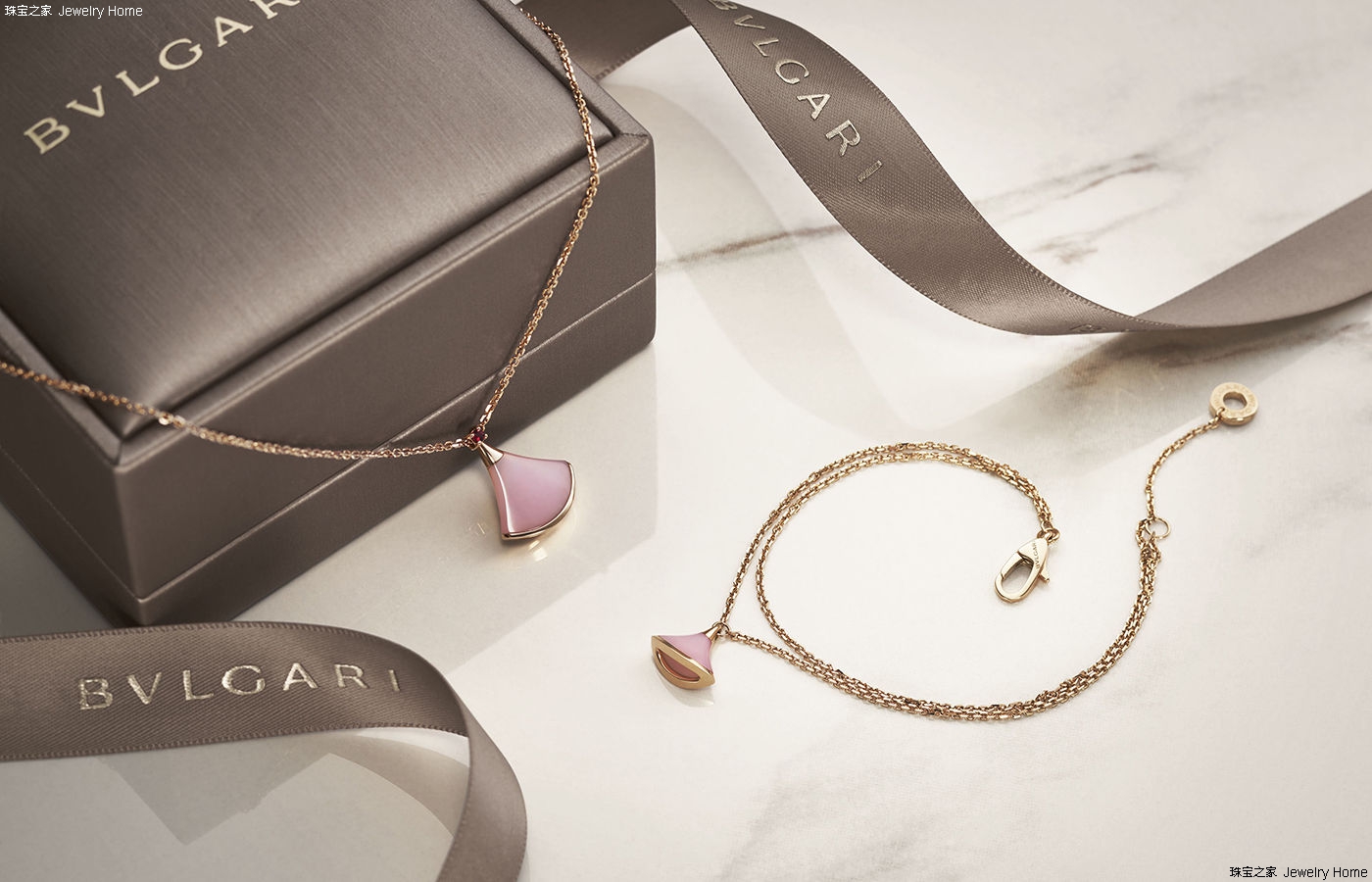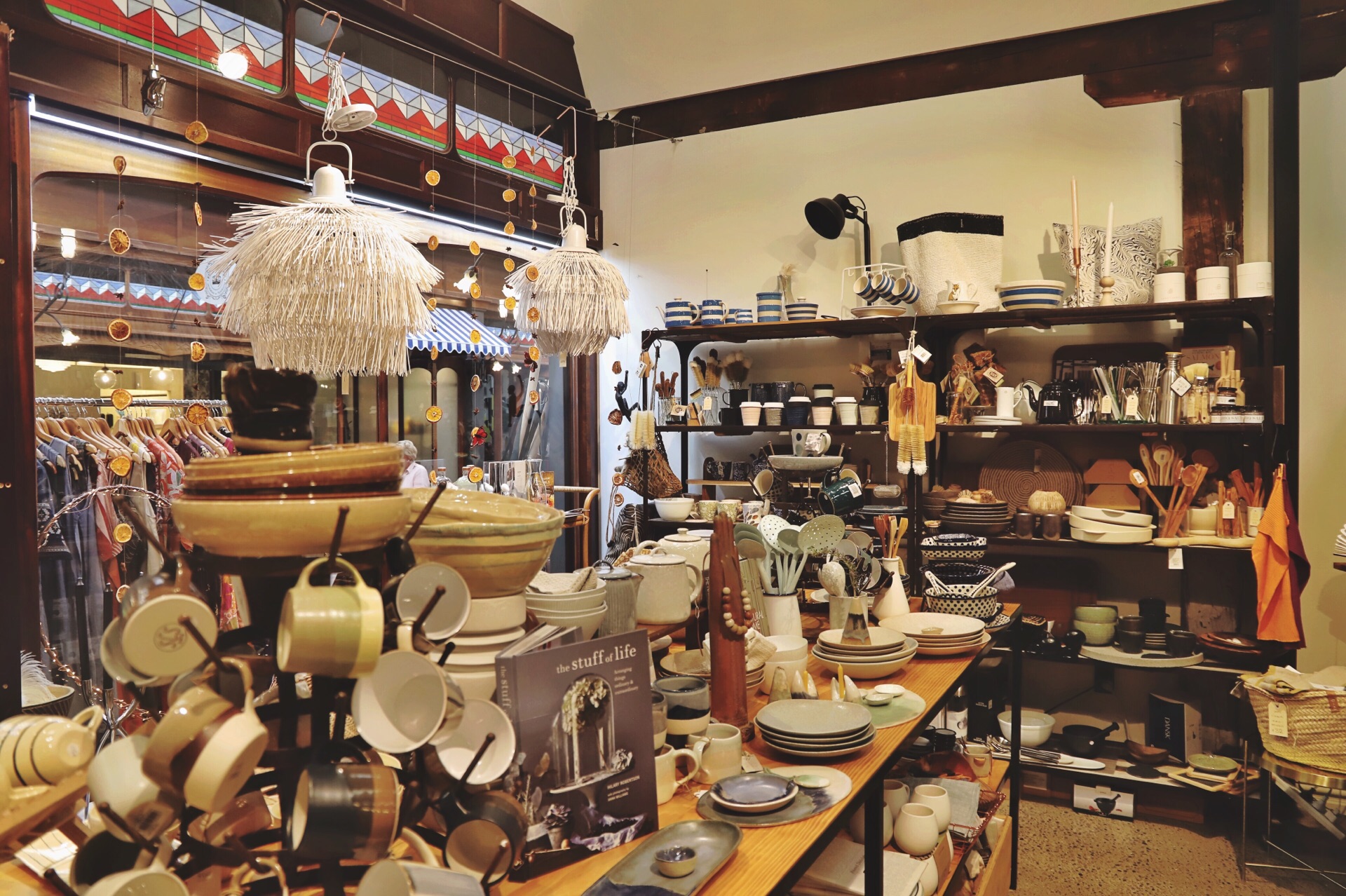The History and Significance of the Tie for Men
The tie for men has a long history dating back to the 17th century. It was first worn by members of the military and later became popular among civil servants and business people. The tie symbolizes authority, power, and status in many cultures, particularly in Western societies. It is often associated with formal occasions and business attire. The design of the tie has evolved over time, with different styles and patterns emerging to meet the changing tastes of men. Today, the tie remains a popular fashion accessory for men, although its significance and purpose may vary in different cultures and contexts.
The tie is a piece of clothing that has been around for centuries, and it continues to be a significant part of men’s fashion today. This article will explore the history and significance of the tie for men, as well as some of the different types and styles that have been popular throughout the years.
History of the Tie
The history of the tie can be traced back to the 17th century when it was first worn by men in Europe. At that time, the tie was made from a variety of materials, including silk, cotton, and wool, and it was often brightly colored with patterns and designs. The tie gradually became a symbol of status and authority, and it was often worn by members of the nobility and other high-ranking officials.

In the 19th century, the tie underwent significant changes as it began to be worn by workers in factories and offices. This shift marked the beginning of the tie’s journey from being a symbol of status to being a part of everyday work attire. By the end of the 19th century, the tie had become so popular that it was being worn by men of all ages and social classes.
Significance of the Tie
The tie has always been more than just a piece of clothing; it has been a symbol of status, authority, and identity. For centuries, men have been using ties to make a statement about their social position and their personality. Today, while many men no longer wear ties to work or for formal occasions, the tie continues to hold significant cultural and historical value.
Types and Styles

Over the years, various types and styles of ties have emerged. Some of the most popular include:
The Standard Tie: This is a classic necktie that is typically worn with a collar shirt. It comes in a variety of colors and patterns.
The Bow Tie: This type of tie is characterized by its bow-like shape at the neck. It is often worn with a wing collar shirt or a high collar shirt.
The Cravat: This type of tie originated in the 17th century and was popular among members of the nobility. It is made from a long piece of cloth that is tied around the neck in a variety of ways.

The Tetris Tie: This is a newer style that is characterized by its unique geometric patterns. It is often worn by those who want to make a statement with their attire.
Conclusion
The tie has been a significant part of men’s fashion for centuries, and it continues to evolve today. It has gone from being a symbol of status to being a part of everyday work attire, but its cultural and historical value remains unchanged. The different types and styles that have emerged over the years have provided men with opportunities to express their personality and social position through their choice of ties.
Articles related to the knowledge points of this article::
The History and Fashion of Western-style Clothing and Ties
Banded Collared Shirt: Fashionable and Comfortable for All Seasons
The Portable Tie Box - A Fashion Accessory for Modern Men
Title: My Experience Working at a Tie Factory: Insights and Lessons Learned
Title: The Art of Crafting Fine Ties: A Journey through Hansen Tie Factory



